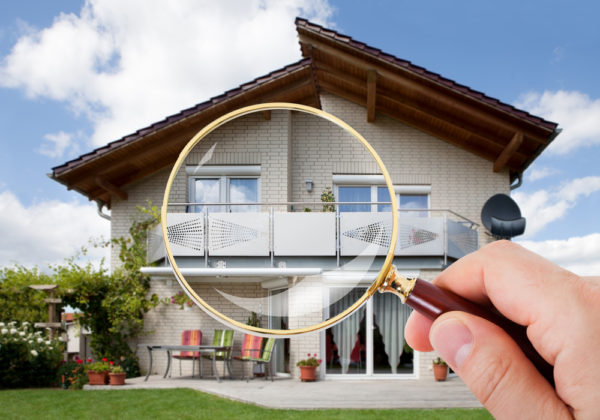What is wind mitigation and 4 point inspection and where can i get them done?

Insurance companies designed the inspection requirements on a 4-Point inspection so that it gives them a general overview of a house or structure that they may potentially insure.
Recently we received an intriguing question in our online chat feature and thought we would address in this weeks article. A customer asked for an explanation of a 4-Point Inspection as well as wind mitigation. Let’s have a look at both of them.
The 4-Point Inspection
While a 4 Point inspection can be required in a number of states, it is especially prevalent in Florida. In many cases it is a requirement before an insurance company will issue a homeowners policy, especially if the home is older.
Insurance companies designed the inspection requirements on a 4-Point inspection so that it gives them a general overview of a house or structure that they may potentially insure.
A 4-Point inspection is pretty simple, it only focuses on four main areas in the home that are responsible for the majority of insurance claims. These four points are:
- HVAC – Heating, Ventilation and Air Conditioning
- Electrical – wiring and panels
- Plumbing systems
- Roof
A 4-Point inspection only examines the visible part of these systems and describes the condition and age of these four components of your home. They are looking for information about the condition of these systems, are they new, old, in good shape or close to the end of their useful life.
Insurance companies will also want to know if repairs have been made to any of these systems and if they were done professionally as well as checking to make sure everything is up to current codes. If issues are found there is a good chance you will need to make repairs before an insurance company will issue a policy.
While there are no standard forms for a Four Point Inspection, it must be done by a qualified and licensed inspector. In many cases the insurance company will provide the forms for the inspection.
One benefit of the Four Point Inspection is that it is usually cheaper and less time consuming than a normal inspection. If your insurer only requires a 4-Point Inspection you may be able to save some money in the home buying process. However, a full-scale inspection will often uncover issues that you as the homebuyer may want to be aware of so it is probably worth the extra money.
Why 4-Point Inspections are Important to Insurers
The main issue that insurers are concerned about is that one of these major (and expensive) systems may result in a claim on your policy before they have collected enough in premiums to offset the cost, this is especially true for older homes.
A 4-Point inspection deals with the most expensive systems in a home and if any or all of them are in poor condition or will need replacement soon your insurer may price the policy higher or even deny coverage unless you replace or repair these systems before a policy goes into affect.
If your insurance company requires a 4-Point Inspection they should be able to steer you towards inspectors that can quickly perform the inspection so you can get your home insured.
Wind Mitigation
Wind Mitigation is pretty simple, its basically adding a few features to your home that will help it withstand high winds during a hurricane or other major storm. Adding some of these features can not only help protect your home and prevent a costly insurance claim, in most cases your insurer will give you a major discount on your homeowners insurance.
While wind mitigation can be done in most states, it is more common in Florida and other coastal states where high winds and hurricanes are more common. According to statistics from the Florida Division of Emergency Management, 15 to 70 percent of homeowners premiums are due to the risk of wind damage. You can shave hundreds or even thousands off your annual premium by installing wind mitigation solutions.
Common Wind Mitigation Solutions
Window and Door Coverings: Coverings that protect your windows and doors from strong winds and debris can result in a discount on your premium. Storm shutters and shatterproof windows will protect your home while also putting some coin back in your pocket. You should also consider garage doors that are hurricane rated.
Water Barrier: This involves sealing the roof deck in order to prevent water getting into the house in the event some shingles are blown off your roof. This can be an expensive process but the savings will help offset some of those costs. Using wind resistant roofing materials will also help strength your roof.
Hurricane Clips: These galvanized steel clips connect the top plate to rafters or trusses, which increases the strength of the connection between the two, keeping your roof where it belongs.
Insurance companies offer a variety of different discounts when it comes to wind mitigation so check with your insurance company to see what discounts they offer.
If you have questions about your homeowners policy, please contact us or get online home insurance quotes so we can help you compare the best rates and coverage options from a variety of different companies.
